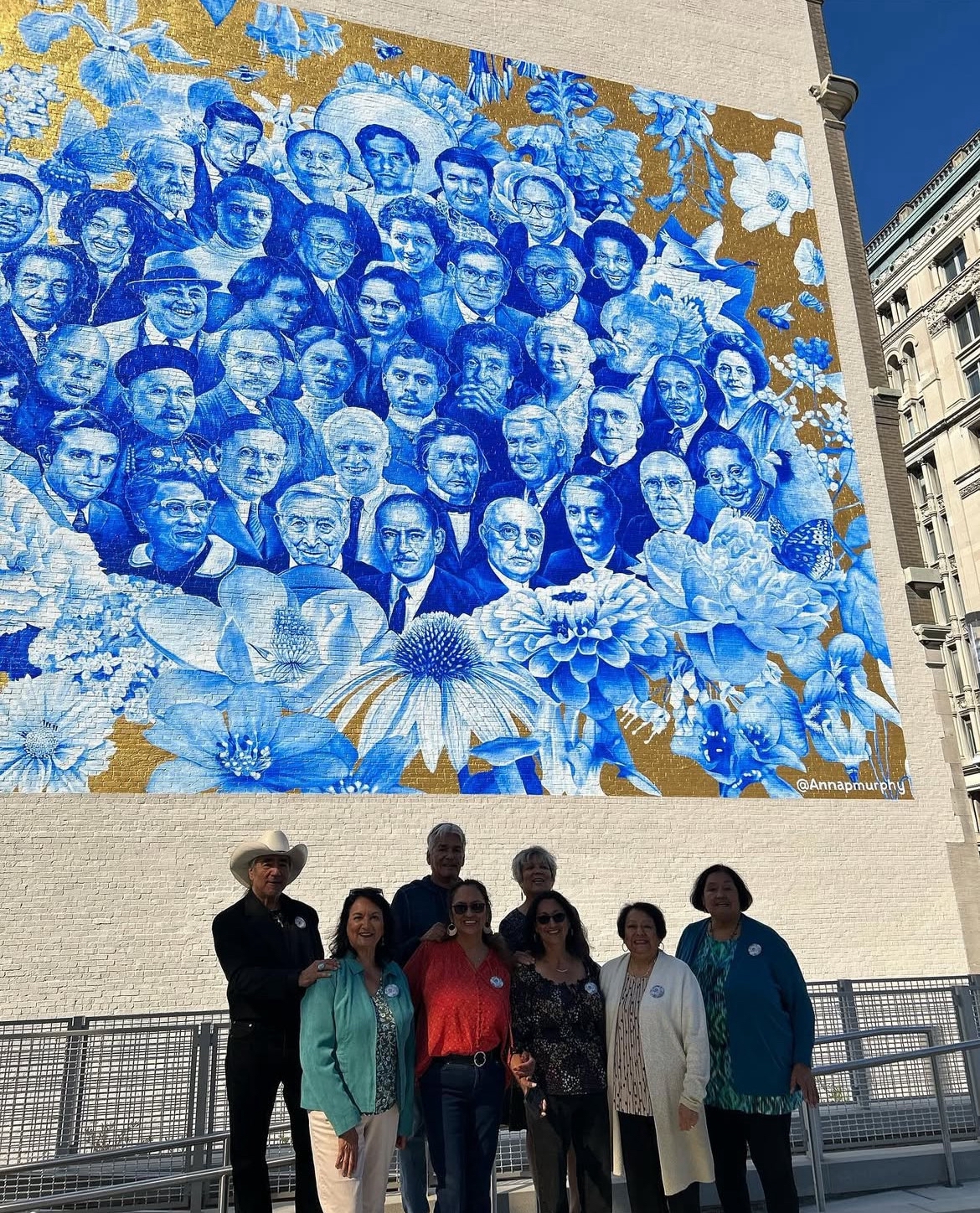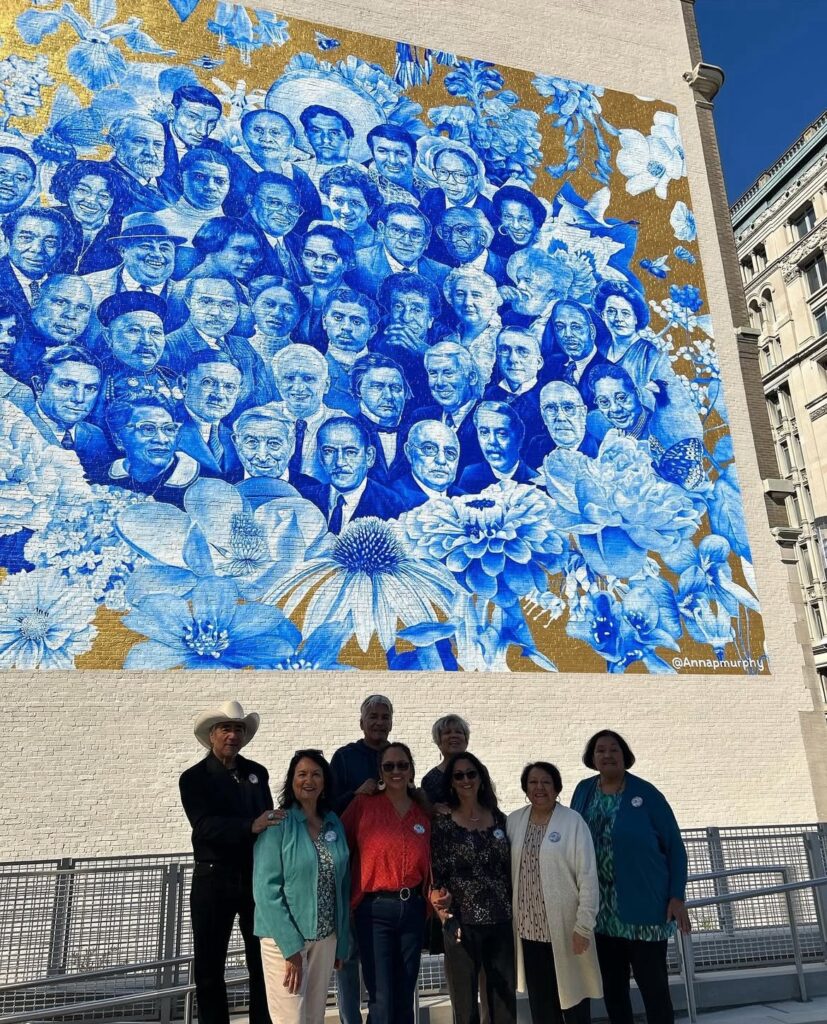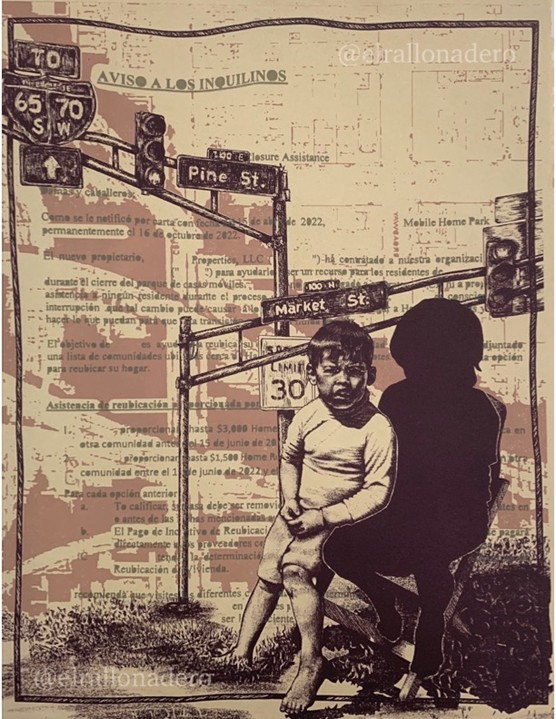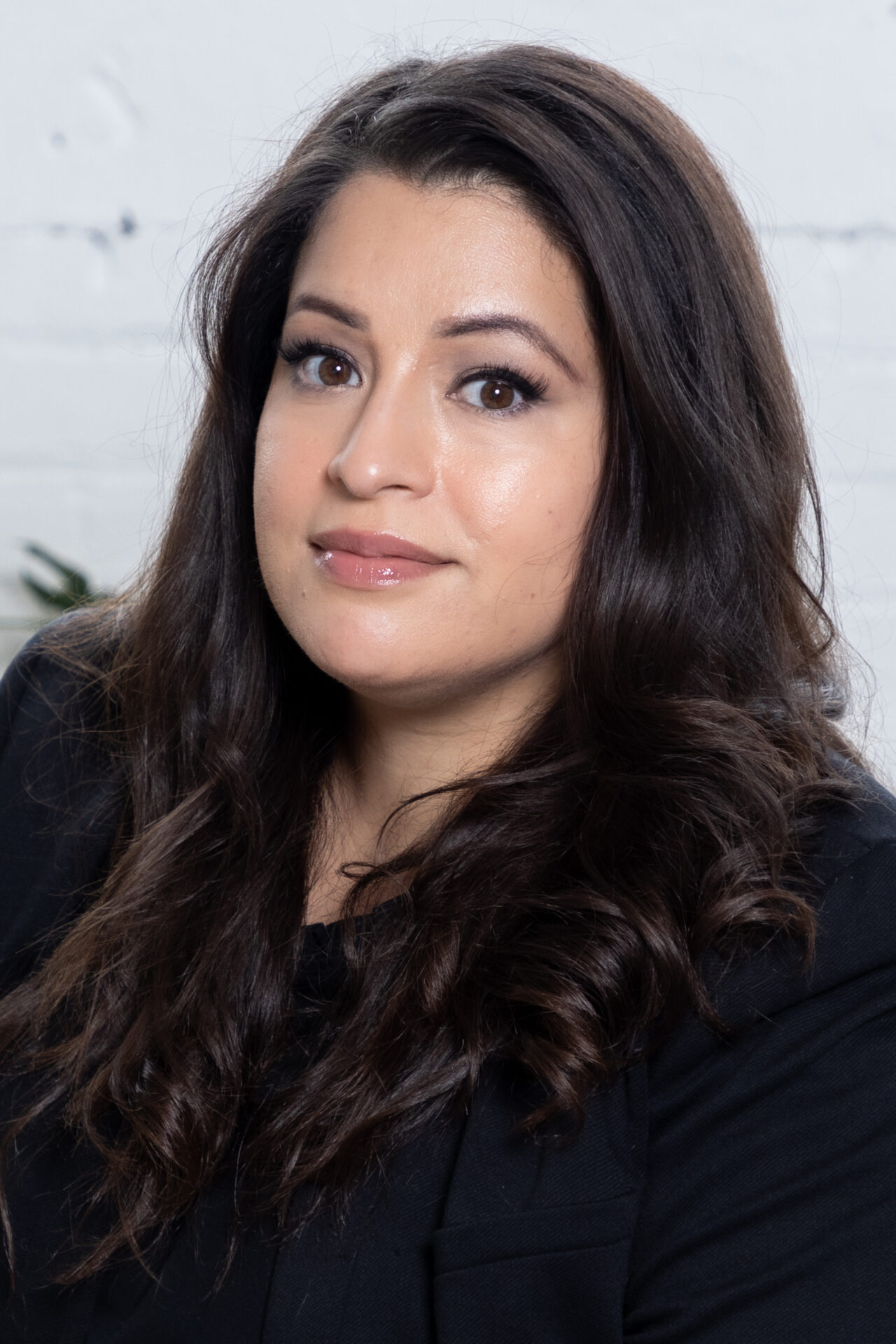
Purchase Tickets
Our (FREE) parking lot is located on New York Street a ½ block east of West Street. Free parking with admission.
The Making of the Documentary, “Beyond El Barrio”
May 1, 2025

Before I put the pieces together about El Barrio, I knew of El Nopal Market and the Espinoza family. The market was a small Latino-owned grocery store that was operated by Feliciano “Felix” Espinoza located at 810 North Street. After an introduction to the family, I conducted a group oral history interview with a few of his children in late 2019. Through them and from later reading a few transcripts from a 1990 Indianapolis-based oral history project, I learned there were other Latino families living in a small neighborhood. This neighborhood lies under what is now Interstate 65/70. I presented my findings in a blog called “The Lost Barrio of Indianapolis” in March of 2020. The first identifiable landmark for this area is the intersection of Market and Pine Streets. Pine Street is the eastern border and presently leads to an on-ramp to Interstate 65/70. Other than being called “the old neighborhood” by its former residents, it was never publicly given a name and a cultural identity.
After the success of the blog, I slowly began to meet other neighbors who lived in El Barrio, some providing a formal audio-recorded oral history of what it was like to grow up there, while others provided photographs. With this new knowledge, the second Lost Barrio blog, Under the Expressway, Lost Barrio of Indianapolis, Part II came out in 2023. In the blog, I explore places that were influenced by the neighborhood, both seen and unseen. It is important to understand that my interviewees were mostly children at the time of their displacement, and compiling this history with them was like putting together a puzzle. I could see the elements of the picture, but they were the ones to provide the pieces.
When I shared with them the news of my newest project, a documentary, they quickly organized an informational meeting. They generously provided more photos, documents, and recordings that are featured in the documentary. Former resident Rey Riojas, now a professional photographer, provided the aerial footage that is featured in the documentary. From the first blog, the former neighborhood residents have been incredibly supportive and continue to share in my enthusiasm for Latino history.
Since 2020, El Barrio has sparked interest across the city. Outside of media interviews, it has been represented in murals and artwork. Feliciano Espinoza, my first anchor point in exploring El Barrio, can be seen at the very top of the The Bicentennial Unity Plaza Mural downtown Indianapolis. He is even portrayed wearing his iconic sombrero. At the public unveiling, I had the honor to attend and later celebrate with Feliciano’s children and extended family.

Espinoza Family in front of the Bicentennial Unity Plaza Mural, October 6, 2023. Photo courtesy of the author
El Barrio has also inspired Indianapolis-based artist Alejandra Carrillo. Her artwork, a lithograph titled “Movers”, prominently features the street signs for Market and Pine, the first identified landmark for El Barrio. The piece encapsulates her family’s experience of being displaced, hence the title “Movers”. Additionally, “Movers” reflects the artist’s feelings of cultural displacement and unbelonging while growing up in Central Indiana. While street signs represent the Lost Barrio, it visually anchors the concepts of loss and reclamation. Locally, this lithograph has been exhibited at the Indianapolis Museum of Art at Newfields (De Aquí y De Allá, 2023) and at the Indiana State Museum (The 100th Anniversary Hoosier Salon Show, 2024). It continues to be exhibited in galleries across the country.

Movers, by Alejandra Carrillo. Image courtesy of the Artist.
With the debut of the documentary, Beyond El Barrio: Contributions to Indianapolis Both Seen and Unseen, who knows what other stories there are to discover? One thing is for sure, El Barrio is now more than just a neighborhood. It is a representation of the culture and contributions Latinos have made to the City of Indianapolis.
The documentary, Beyond El Barrio, can be viewed on the Indiana Historical Society’s YouTube channel on May 2, 2025.









